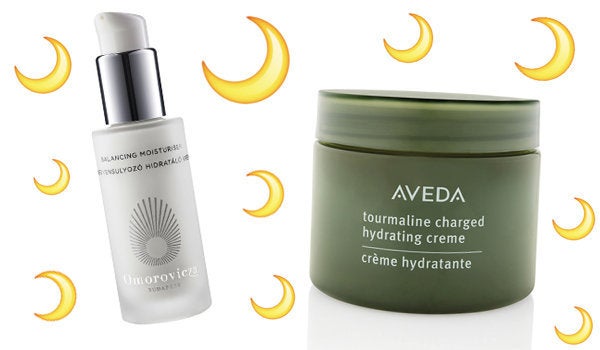To say the beauty industry is skilled at capturing the zeitgeist would be an understatement as grand as we’re imagining Rihanna’s new makeup line to be.
The market taps into our deepest desires - so when the world rediscovered spiritualism, our cosmetics did too.
Shelves grew full of chakra sprays, ‘magical’ language and makeup to make you ethereal. And we’re buying it. The Future Laboratory’s new Beauty Futures Report for 2016 encourages brands to focus on this psychic renaissance and embrace “a new holistic and naturalistic identity”.
In other words, it’s no longer just what’s on the outside that counts.
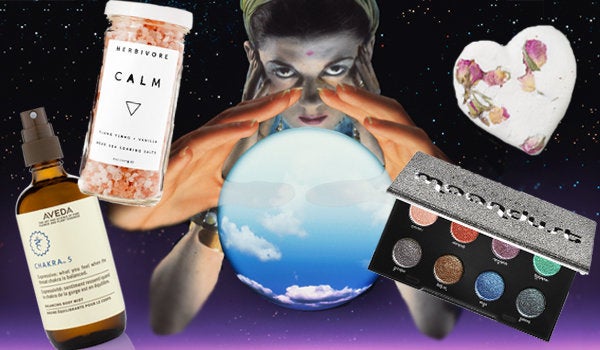
The beauty world left 2015 with a big spiritual bang, launching a superfluity of astrology-themed Christmas gifts - most notably Aesop’s constellation-inspired Maps Of Light Gift Kits and Selfridges’ Cosmic Beauty Advent Calendar.
The department store even turned to the space-age for its annual festive theme, ‘Journey to the Stars’, opening a beauty product-filled ‘Astrolounge’ (which will probably go down in history as the first Christmas grotto with Tarot card readings).
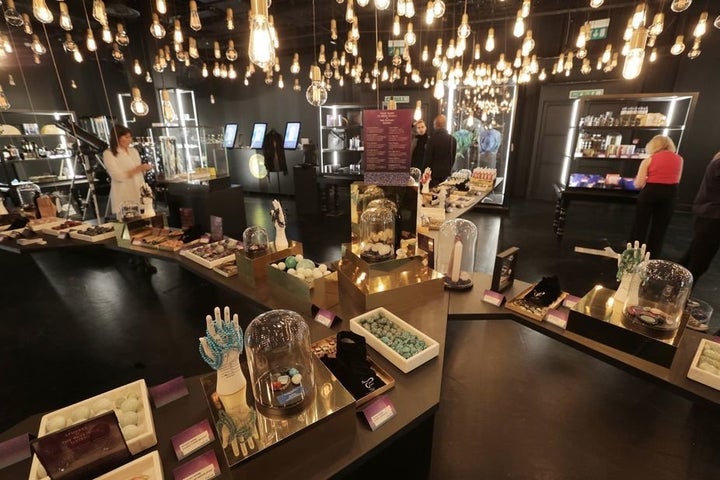
Fast-forward eight months and we now have a ‘galaxy makeup’ Instagram hashtag, dedicated to those transforming into human Milky Ways.
(Super)naturally, the cosmetic industry is still tapping into our obsession with the cosmos too.
Urban Decay’s latest eyeshadow offering is the “otherwordly” Moondust Palette, and Anastasia Beverly Hills just released a Moon Child Glow Kit - boasting six new shades of “magically-metallic” highlighters with a “celestial finish”.
Spiritual teacher Krista Mitchell believes all this interest in the New Age is part of a backlash against the pitfalls of modern society.
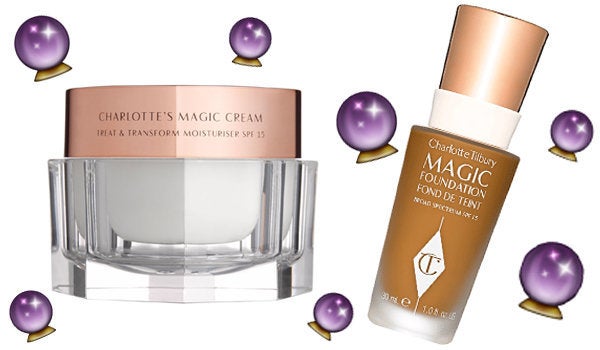
“Most ancient remedies sprung from a desire to be in harmony with ourselves, nature, and the source of life,” she said.
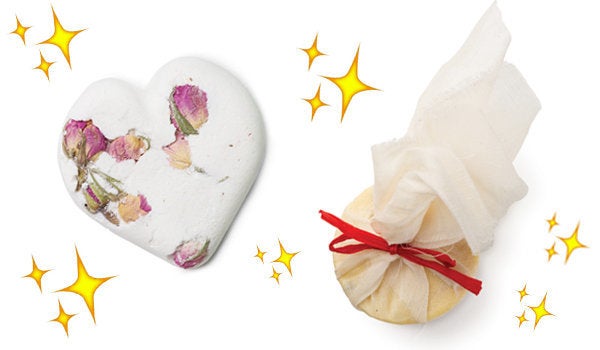
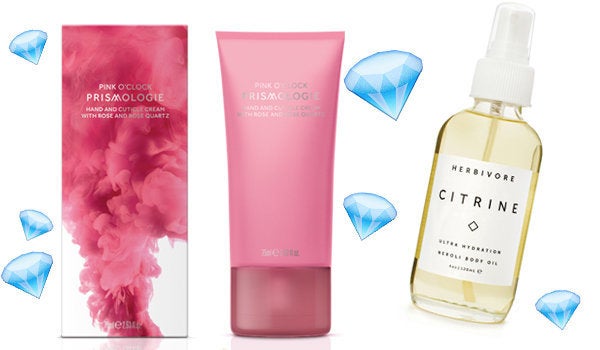
But a crystal-packed ingredients list isn’t all down to spiritualism.
Lucie Greene, director of trend forecasting agency JWT Innovation links the trend to a heightened interest in ‘natural’ beauty products.

Today’s consumers are much more aware of the importance of internal wellbeing in the quest for outer beauty and our GOOP-y preoccupation with organic food has spilled over to skincare too.
But are we right to be fearful of additives and chemicals present in our products? Beauty advisor Shannon Leeman believes so.
“The most cursory glance at ingredient labels should make you shudder,” she told HuffPost UK.
“Recently by accident my nightly face cream squirted on to my bathroom wall and in the morning there were black gauge marks where the paint had been stripped!”
